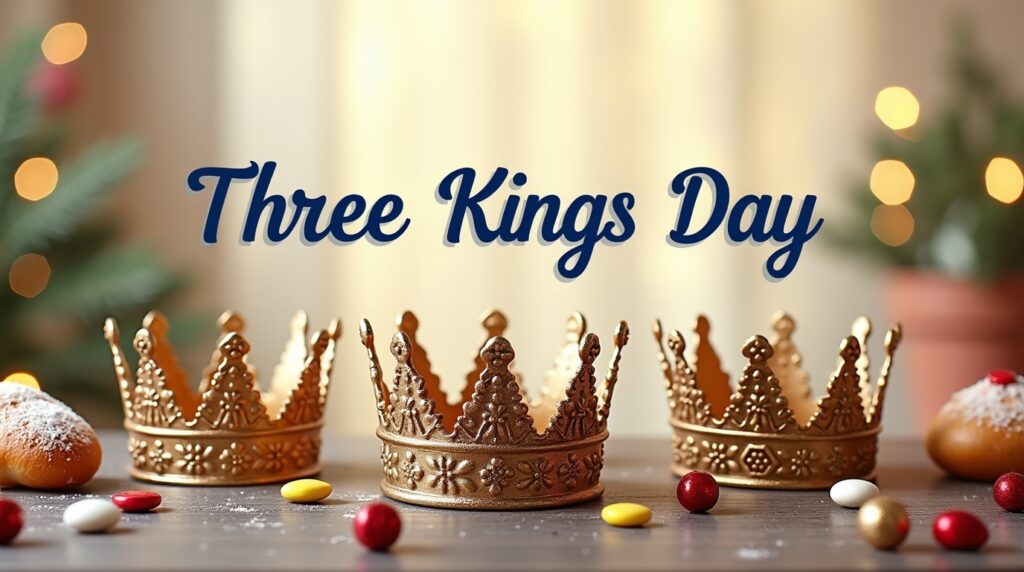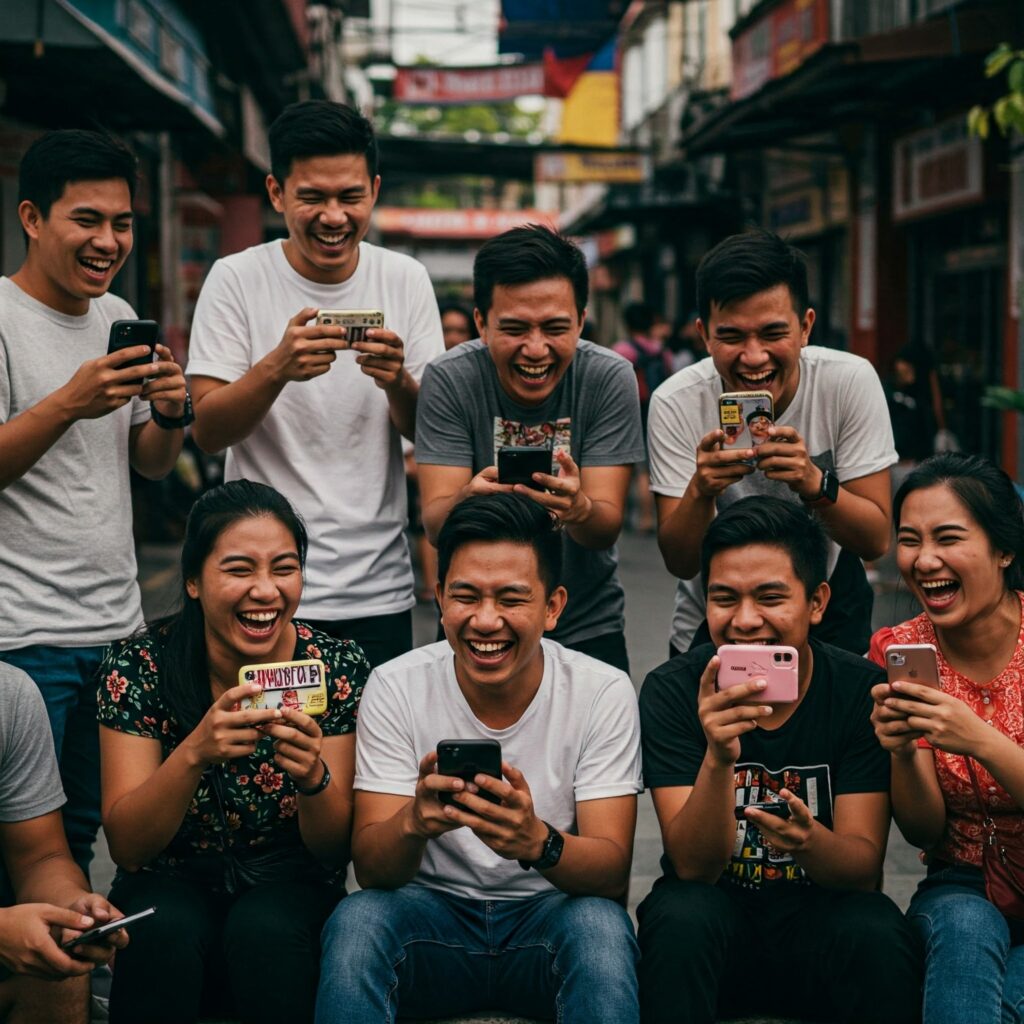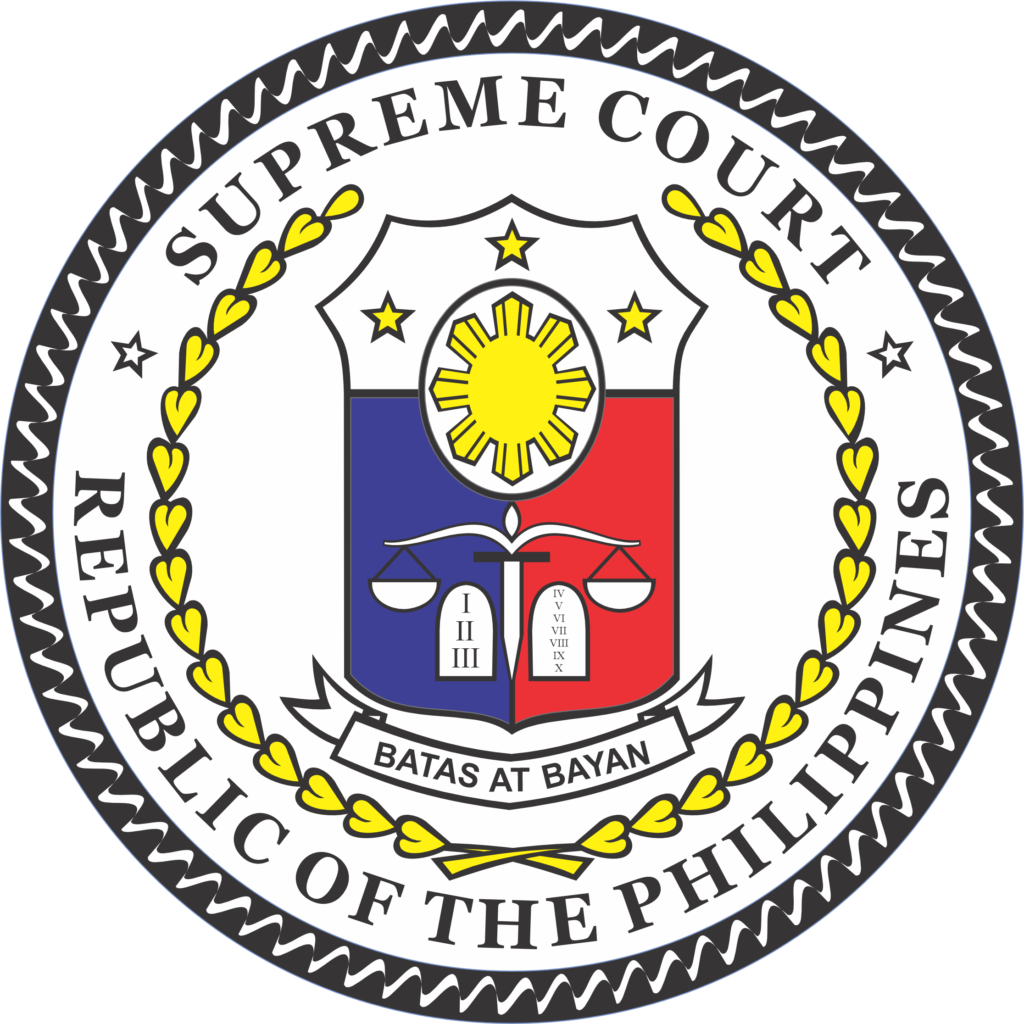In the Philippines, Three Kings Day, or Araw ng Tatlong Hari, is a beloved tradition marking the end of the Christmas season. Also known as the Feast of the Epiphany, this special day commemorates the arrival of the Three Wise Men—Melchior, Gaspar, and Balthazar—who traveled to Bethlehem to honor the newborn Jesus. While the holiday is widely celebrated in Catholic countries, the Filipino take on Three Kings Day is a beautiful blend of faith, family, and, of course, food!
A Glimpse Into History: The Journey of the Three Kings
According to Christian tradition, the Three Wise Men followed the Star of Bethlehem, bringing gold, frankincense, and myrrh as gifts to baby Jesus. In the Philippines, where Christianity is deeply rooted due to centuries of Spanish colonization, the Epiphany is celebrated with religious services, parades, and community gatherings.
For many Filipino families, January 6th is considered the last official day of the Christmas season, culminating in joyous festivities, church processions, and heartfelt traditions passed down through generations.
How the Philippines Celebrates Three Kings Day
Each region in the Philippines has its own unique way of celebrating Three Kings Day, but here are some of the most common traditions:
1. The Grand Finalé of Christmas Celebrations
While many countries bid farewell to Christmas right after December 25th, Filipinos extend their holiday spirit all the way to January 6th. This day serves as a final hurrah before decorations are finally taken down (although, let’s be honest, some leave them up until February!).
2. “Pasko ng Matatanda” – A Day for the Elders
In some Filipino communities, Three Kings Day is also referred to as “Pasko ng Matatanda” (Christmas for the Elderly). On this day, elders are honored with gifts and well-wishes, emphasizing respect and gratitude for the wisdom of older generations.
3. The Arrival of the Three Kings in Churches
Filipino churches mark the day with special masses and reenactments of the journey of the Magi. Statues or actors portraying Melchior, Gaspar, and Balthazar make their way to the altar, offering symbolic gifts to the Christ child. Many parishes organize processions, allowing communities to witness the Kings’ symbolic arrival.
4. Giving of Aguinaldo (Gifts)
Though Christmas Day is the main gift-giving holiday in the Philippines, some families continue the tradition on Three Kings Day. Children may receive small gifts or tokens, reinforcing the spirit of generosity and love.
5. Traditional Feasts – The More, the Merrier!
Filipinos never miss a chance to celebrate with delicious food, and Three Kings Day is no exception. The highlight of the feast often includes:
| Traditional Dish | Description |
|---|---|
| Bibingka | A soft, sweet rice cake cooked in banana leaves with salted egg on top. |
| Puto Bumbong | Sticky purple rice steamed in bamboo tubes, served with butter & coconut. |
| Lechon | A whole roasted pig, often the centerpiece of grand celebrations. |
| Arroz Caldo | A warm rice porridge with chicken and ginger, perfect for family meals. |
| Rosca de Reyes (King’s Bread) | A Spanish-Filipino fusion sweet bread shaped like a crown. |
Three Kings Day in Different Parts of the Philippines
Depending on the region, Three Kings Day celebrations take on unique cultural flavors. Here’s how some provinces commemorate the event:
| Region | Celebration Highlights |
|---|---|
| Metro Manila | Grand church masses, family feasts, and festive processions. |
| Pampanga | Elaborate street performances featuring the arrival of the Three Kings. |
| Cebu | Community gatherings, religious processions, and extended Christmas celebrations. |
| Ilocos Region | Traditional food feasts, honoring elders, and church masses. |
Why Three Kings Day is a Special Celebration for Filipinos
Three Kings Day may not be as commercialized as Christmas, but for many Filipinos, it holds deep religious and cultural significance. The holiday serves as a reminder of the values that matter most:
- Faith – Honoring religious traditions and remembering the journey of the Wise Men.
- Family – Spending quality time together in the last major Christmas gathering.
- Generosity – Continuing the spirit of giving and gratitude.
Modern Twists on Three Kings Day in the Philippines
While traditional celebrations still hold strong, some modern adaptations have emerged:
- Online Masses & Virtual Celebrations – Many churches now stream their Epiphany services, making it accessible for those who can’t attend in person.
- Creative Filipino-Inspired King’s Bread – Some bakeries offer unique takes on the classic Rosca de Reyes, incorporating local flavors like ube and langka (jackfruit).
- Community Outreach Programs – Some Filipino communities use the occasion to give back through feeding programs and charity drives.
How to Celebrate Three Kings Day the Filipino Way
If you want to experience Three Kings Day like a true Filipino, here’s what you can do:
- Attend a Special Mass – Many churches hold morning services dedicated to the Epiphany.
- Prepare a Traditional Feast – Serve local holiday treats like bibingka, puto bumbong, and arroz caldo.
- Honor the Elders – Visit grandparents or older relatives, bringing small gifts or sharing a meal with them.
- Hold a Small Gift Exchange – Keep the holiday spirit alive by giving small presents to kids in your family.
- Join a Community Parade or Procession – If your town holds one, it’s a great way to immerse yourself in the celebration.
Final Thoughts – Keeping the Tradition Alive
In the Philippines, Three Kings Day is more than just an end to the Christmas season—it’s a heartfelt reminder of faith, family, and the spirit of giving. As the holiday continues to evolve, Filipinos hold on to the customs that make this day meaningful.
So, whether you’re attending mass, sharing a feast with loved ones, or simply extending your holiday cheer a little longer, celebrating Araw ng Tatlong Hari is a tradition worth keeping alive!
Disclaimer: While we’ve done our best to provide accurate and up-to-date information, traditions may vary by region and community. If you spot any inaccuracies, please let us know so we can correct them promptly.




